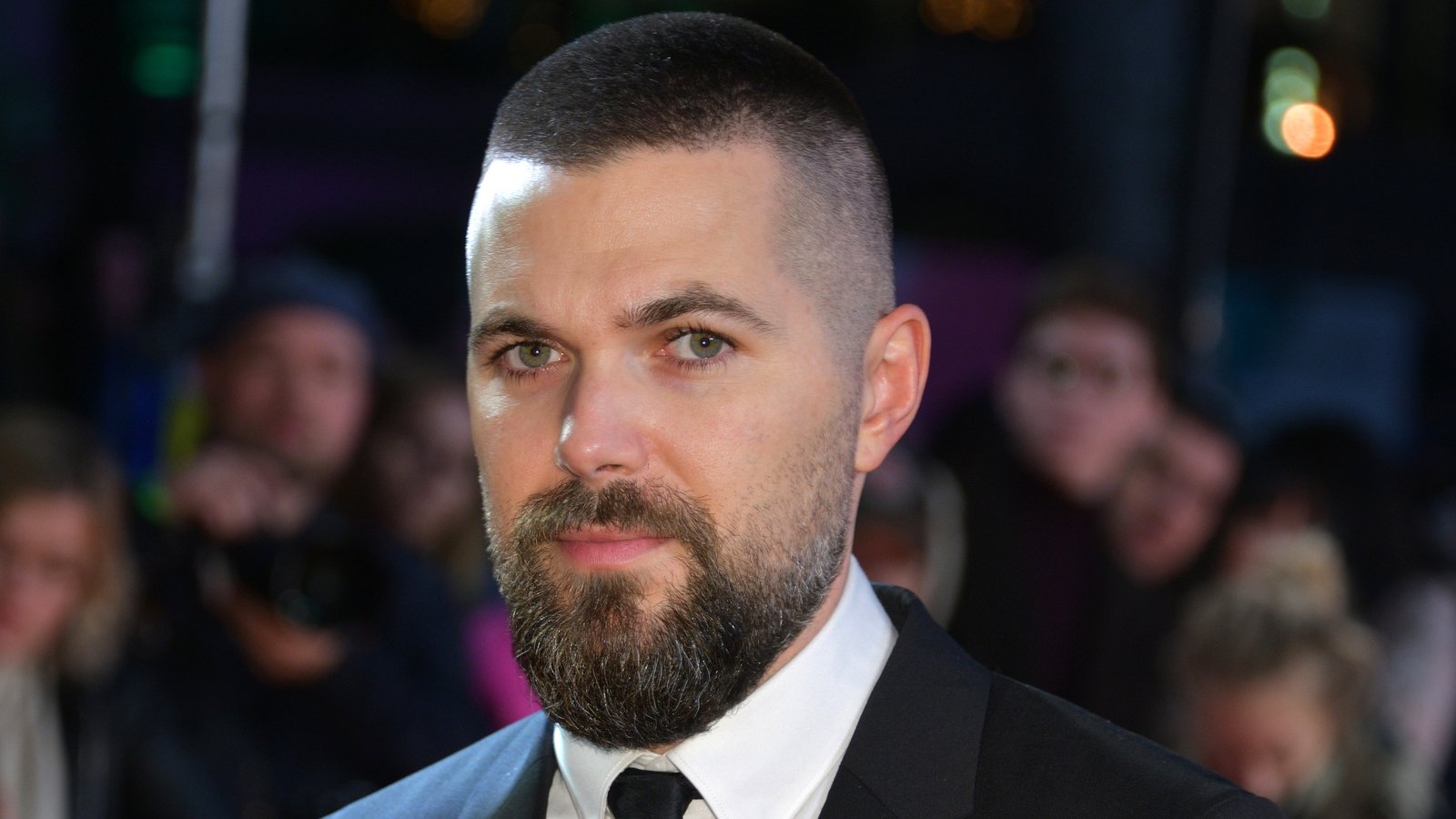
Robert Neil Eggers is a New-Hampshire-Born director, who, despite having an extremely small body of work (2015-2019, with more films on the horizon), has created an extremely distinct Auteur style of direction, screenwriting and production which has elevated him to fame, success and award-winning status, though he isn’t without his detractors, as his unique style is divisive with some.
ACTORS
Given the point in his career, Eggers has not yet established an Auteur’s Entourage fully, as many of his contemporaries garner in their decade-spanning careers (think Tarantino with Sam L Jackson, or Nolan with Michael Cain), but he seems to be starting on it early. He clearly favours character actors who can play to quite bizarre tonal shifts, and especially the rugged leading men who tend to display complex or fractured minds.
This is especially clear with The Lighthouse (2019), wherein the two leading actors are Willem Dafoe and Robert Pattinson, both portraying foils to one-another, tired everymen who hide a hideous other half under their outward masculine bravo. Eggers seems to be fond of Dafoe, however, as he is set to be cast in the upcoming movie, The Northman (TBA).
VISUALS
Eggers is primarily a horror director, and as such, needs to make a horrifying visual atmosphere. He tends to grade his movies extremely desaturated, with The Witch (2015) being extremely greyish, and The Lighthouse (2019) being fully greyscale altogether. This is to suit the expected tone of his 19th Century American settings, as movies set in the past often suit a less colourful look.
He is meticulous with his framing and shots, being very in-depth on a level as granular as the aspect ratio, which was actually the first detail written on the notes for The Lighthouse (2019), along with its specific framerate and filmstock. This shows how perfectionist he can be with his visuals, and how well it pays off, with his extremely specific pre-planning leading to beautiful shots which play into his style.
His shots are each like paintings, making present the inspiration he takes from German Expressionism, where he composes the shots with minimal camera movement, like a stage, which the mood overtakes. Momentum is something Eggers fully foregoes in his cinematography, preferring instead to let the feeling that each scene creates drive it along.
SOUND
Robert Eggers is a two-time collaborator with soundtrack artist Mark Korven, and the two seem to be an inseperable pair from the work they have already put out. Korven has a great understanding of what the ‘sound’, or ‘tone’ of Eggers’ horrific New England fantasies, and manages to translate that into the score. The Witch (2015)’s score is permeated with a number of creepy strings, wavering harp plucks which not only reminisce of something hidden sneaking through shadows, but of a traditionally feminine sound and instrument undergoing a menacing corruption – as the film confronts in its writing.
The Lighthouse (2019)’s score, on the other hand, takes an even more cognitive approach, existing on a semi-diegetic plane wherein the sounds of Korven’s music weave in and out of the sounds of the lighthouse itself. This is because the movie uses many pipe and horn instruments, which was a conscious choice on the duo’s behalf, to avoid the traditional Post-Williams, Post-Zimmer, generic movie score sound, and it works. The use of sounds in this score is truly unique to the hypermasculine, working-class nautical theming, and it mixes in and out of the SFX of the movie, most of all an iconic and well-used Welsh foghorn which perforates the film’s timeline with its cacophonous blaring.
The mixing in Eggers’ movies is also unique, far more clear than many action directors’ mixes, but still muddied when it needs to be. He seems to understand what to silence for the focus on another point in the soundscape, and how that may affect a watcher. When the sound effects need to overtake the surrounding area, they do; when the dialogue must become the focal point, it does, and when the music should be in the forefront, it is.
INFLUENCES
Eggers seems to pull from a variety of sources when making his work, his auteur style, and special brand of horror standing proud with its roots. For example, his fixation on New-England settings, natural ‘deep’ magic, domestic horror and, in The Lighthouse (2019), semi-aquatic nightmarish gore creatures, the body of work of classic 20th century pulp Sci-Fi and Horror writer H.P. Lovecraft. Lovecraft was famous for pioneering the genre of ‘Cosmic Horror’ (also referred to as Eldritch Horror or Lovecraftian Horror), as well as a few notable stories, most notable of which being ‘The Call of Cthulhu’. This influence is very present through his body of work, and helps Eggers’ films display a brand of horror wholly unique from that of contemporary ‘Haunting’ stories (Annabelle, The Conjuring, etc), ‘Gore-Porn’ movies (SAW series and similar films) and ‘Thriller/Monster’ horrors. His work most commonly resembles the direction of fellow A24 director Ari Aster, though Eggers seems to skew more toward surrealism than Aster’s psychological horror.
Similarly in the vein of bygone classics that Robert Eggers pulls clear inspiration from is the Expressionist Cinema movement present in pre-Nazi Germany, which is responsible for the way we see horror today. This is something that Eggers is forthcoming about, apparently working on his own retelling of the Conrad Veidt classic ‘Nosferatu’ for a later point in his career. Worth noting is that ‘Nosferatu’ was actually Eggers’ first ever foray into directing, a younger Robert having directed his high school’s theatre production of the story in decades past. This influence pulls through in the painterly and stage-based vision Eggers has for cinematography, each shot being part still image, a moment for the eye to bask in, and a fixed frame inside of which the events of the scene can unfold.
